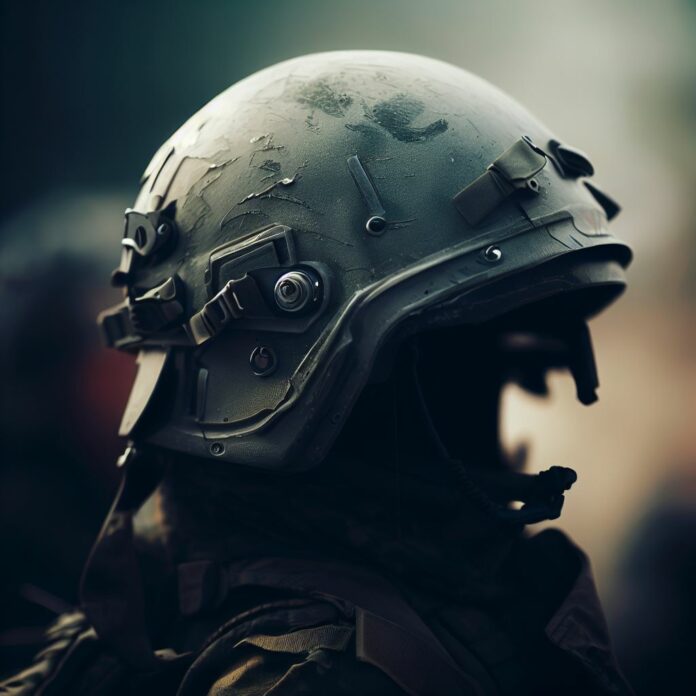Tactical helmets play a crucial role in protecting the head and face of individuals in various tactical situations, such as military operations, law enforcement activities, and outdoor adventures.
Choosing the right tactical helmet is of utmost importance as it can directly impact your safety and comfort in high-risk environments.
Understanding the key factors to consider when selecting a tactical helmet is essential to make an informed decision. These factors include the helmet type, material and durability, fit and comfort, protection level, and weight and mobility.
Different types of helmets serve specific purposes and provide varying levels of protection. It is important to be familiar with the different types, such as ballistic helmets, bump helmets, rescue helmets, and riot helmets, to determine which one suits your needs best.
In addition to the helmet itself, various accessories enhance the functionality and customization options of tactical helmets. Helmet covers, mounts and attachments, visors and face shields, and communication systems are among the accessories that can enhance your helmet’s capabilities.
Understanding helmet certifications and standards is crucial to ensure the helmet meets the required safety guidelines. These standards include the National Institute of Justice (NIJ) standards, the National Fire Protection Association (NFPA) standards, and the Department of Transportation (DOT) standards, depending on the intended use of the helmet.
Properly fitting and maintaining a tactical helmet is vital for its effectiveness and longevity. It is essential to follow guidelines on how to achieve the best fit, as well as how to clean and maintain the helmet to ensure its optimal performance and durability.
By considering these factors and understanding the different aspects of tactical helmets, you can make an informed decision and choose a tactical helmet that provides the necessary protection, comfort, and functionality for your specific needs.
Factors To Consider When Choosing a Tactical Helmet
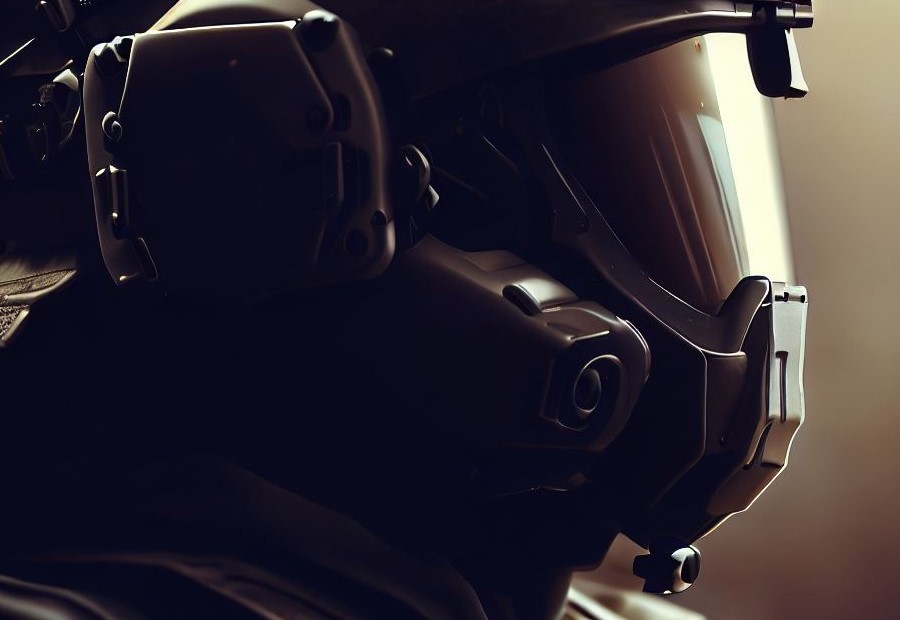
Helmet Type
- Ballistic helmets: These helmets are specifically designed to provide protection against ballistic threats, such as bullets or fragments. They are commonly used by military and law enforcement personnel.
- Tactical bump helmets: Made from lightweight materials, tactical bump helmets are primarily used for non-ballistic impact protection. They are suitable for activities such as airsoft, paintball, or training exercises where ballistic threats are not present.
- Search and rescue helmets: Designed for search and rescue operations, these helmets are equipped with features such as built-in lights, communication systems, and attachment points for accessories.
- Climbing helmets: Specifically designed for climbing or mountaineering, climbing helmets protect against impact from falling objects. They typically have a hard outer shell and a suspension system to absorb and distribute the force of the impact.
- Bicycle helmets: These helmets are specially designed for cyclists and offer protection against head injuries in case of accidents or falls. They are lightweight and aerodynamic.
Material and Durability
When considering tactical helmets, material and durability are crucial factors to evaluate. Tactical helmets are commonly constructed using high-quality composite materials that provide excellent strength and durability.
These materials are often ballistic-resistant, offering enhanced protection against ballistic threats. In addition to composite materials, tactical helmets may also incorporate fiberglass, known for its lightweight yet strong properties.
Kevlar is another material widely recognized for its exceptional resistance to impact and penetration, making it a popular choice for tactical helmets.
Carbon fiber is also utilized due to its high strength-to-weight ratio, which offers optimal protection without sacrificing mobility.
Prioritizing durability is essential to ensure that the helmet can withstand rigorous conditions encountered in tactical situations.
A durable helmet will provide long-lasting performance, guaranteeing reliable protection for the wearer. By selecting a helmet made from high-quality materials, you can have confidence in its ability to withstand the demands of your tactical operations.
Throughout history, advancements in helmet materials have played a significant role in improving the effectiveness and safety of those in combat and high-risk situations.
From ancient times when bronze helmets were used to modern tactical helmets constructed from cutting-edge materials, continuous development and innovation in material technology have enhanced the durability and protective capabilities of helmets.
Today, tactical helmets are designed to withstand intense impacts, blasts, and ballistic threats, offering superior durability to safeguard the lives of military personnel, law enforcement officers, and other professionals in dangerous environments.
Fit and Comfort
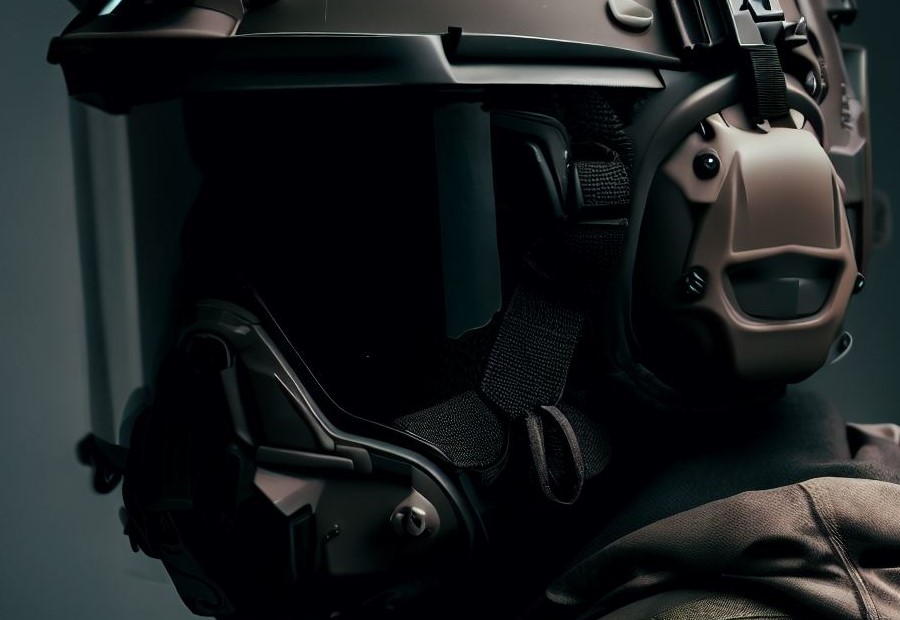
The fit and comfort of a tactical helmet are crucial for the wearer’s safety and performance. Here are some factors to consider:
- Adjustable straps and padding: Look for a helmet with adjustable straps and sufficient padding to ensure a secure and comfortable fit. A helmet that is too loose or tight can be distracting and may not provide adequate protection.
- Ventilation: Opt for a helmet that has proper ventilation to prevent excessive sweating and discomfort during extended use. Good airflow helps to regulate temperature and keep the wearer cool.
- Weight: Consider the weight of the helmet as it can impact comfort, especially during prolonged wear. Lighter helmets are generally more comfortable and allow for better mobility without compromising protection.
- Size options: Choose a helmet that offers multiple size options to ensure a proper fit. Different head shapes and sizes require different helmet sizes for optimal comfort and safety.
- Ear protection: Assess whether the helmet provides adequate ear protection without compromising communication capabilities. Some helmets have built-in ear cups or slots for communication systems.
A well-fitted and comfortable helmet allows the wearer to focus on the task at hand without distractions. It enhances overall performance and reduces the risk of discomfort or injuries during tactical operations.
Fact: According to a study conducted by the National Institute of Justice, a properly fitted helmet reduces the risk of head injuries by up to 50% compared to an ill-fitting helmet.
Protection Level
The protection levels of tactical helmets vary based on their certifications and standards. It is crucial to understand these levels to choose the right helmet for your needs.
| Protection Level | Certifications and Standards |
| Level I | Meets the requirements of the National Institute of Justice (NIJ) Standard 0106.01 for ballistic performance. |
| Level II | Complies with the NIJ Standard 0106.01 and provides protection against higher velocity ammunition. |
| Level IIIA | Offers protection against even higher velocity ammunition, including some types of handgun rounds. |
| Level III | Meets the NIJ Standard 0106.01 and provides protection against rifle rounds. |
| Level IV | Offers the highest level of protection, capable of stopping armor-piercing rifle rounds. |
These protection levels help ensure that the tactical helmet can withstand various ballistic threats and provide adequate defense for the wearer. It is essential to consider the level of protection required based on the specific threats and risks faced in your operational environment.
Weight and Mobility
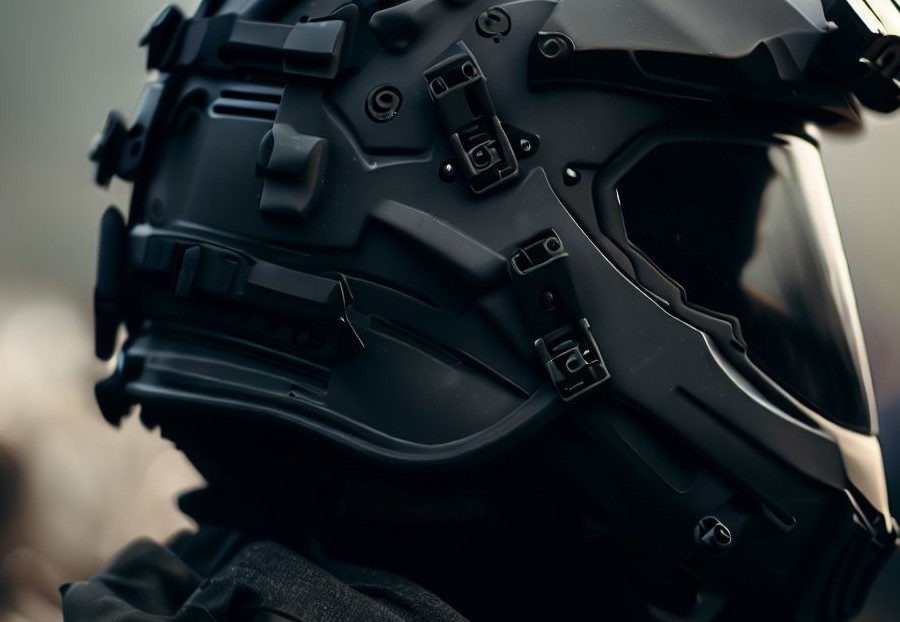
When considering a tactical helmet, weight and mobility are crucial factors to take into account. A helmet that is too heavy can cause discomfort and fatigue, while limited mobility can hinder your ability to move quickly and react effectively in tactical situations.
- Weight: Opt for a lightweight helmet that won’t strain your neck or shoulders during extended periods of wear. Look for helmets made from lightweight materials like carbon fiber or high-density polymer.
- Mobility: Ensure the weight of the helmet is evenly distributed to maintain balance and reduce strain on the neck and head.
- Maneuverability: Choose a helmet that allows for a wide range of motion, including the ability to look up, down, and side to side without obstruction. This is essential for maintaining situational awareness.
- Padding and Fit: A well-padded interior and an adjustable fitting system can contribute to both comfort and stability. The helmet should fit snugly without causing pressure points or restricting movement.
- Ventilation: A helmet with adequate ventilation can help to mitigate discomfort caused by heat and sweat buildup during intense physical activity.
In a real-life scenario, a police officer was involved in a high-speed chase while wearing a heavy helmet that limited mobility. As the officer pursued the suspect on foot, the helmet’s weight and lack of maneuverability slowed them down. This allowed the suspect to escape, highlighting the importance of choosing a lightweight and mobile tactical helmet.
National Institute of Justice Standards
The National Institute of Justice (NIJ) has established standards for tactical helmets to ensure their reliability and effectiveness. These standards are crucial for individuals and organizations that rely on tactical helmets for protection.
The NIJ standards include rigorous testing procedures to assess the ballistic resistance and impact attenuation capabilities of the helmets. The helmets undergo tests for penetration resistance, backface deformation, and resistance to blunt impact, among others.
To meet the NIJ standards, helmets must be capable of withstanding specific levels of force and providing adequate protection to the wearer’s head. These standards help to ensure that the helmets offer consistent and reliable protection in various tactical situations.
By adhering to the NIJ standards, manufacturers can provide assurance to their customers that their helmets have undergone proper testing and meet the required performance criteria. This allows users to make informed decisions when choosing a tactical helmet, knowing that it has been evaluated according to the National Institute of Justice standards.
Furthermore, organizations that require their employees or team members to wear tactical helmets can trust in the reliability and performance of helmets that meet the NIJ standards. This ensures the safety and well-being of individuals in high-risk situations.
National Fire Protection Association Standards
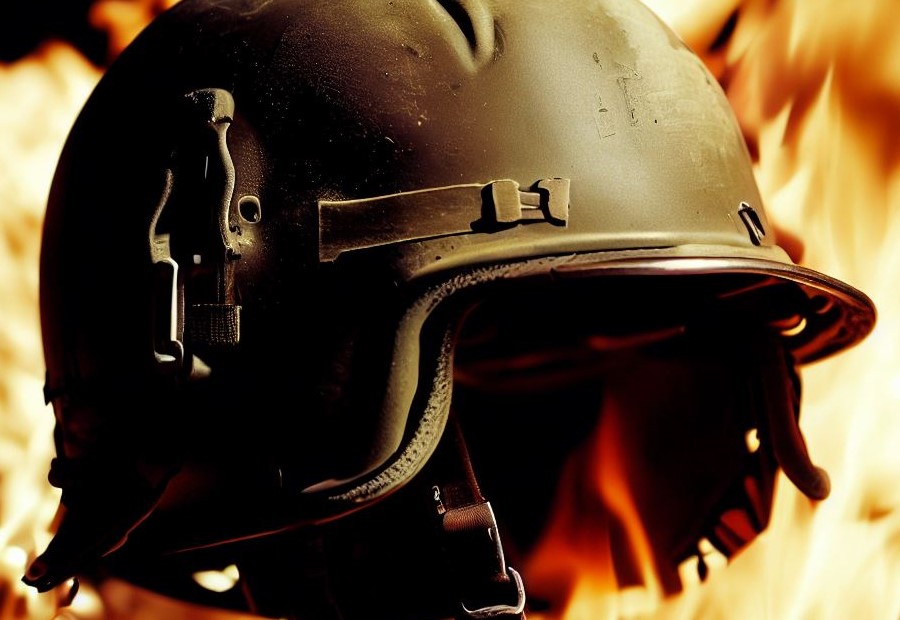
The National Fire Protection Association (NFPA) is an organization that establishes standards for the design, performance, and testing of tactical helmets.
These NFPA standards ensure that the helmets are resistant to heat, flames, and other thermal hazards.
Moreover, they require the helmets to provide impact protection and penetration resistance. To meet the necessary safety requirements, NFPA standards specify the materials and construction methods that must be used.
Additionally, helmets that meet these standards undergo rigorous testing to ensure their effectiveness and reliability.
Department of Transportation Standards
The Department of Transportation (DOT) has established standards for tactical helmets to ensure the safety and protection of users. These standards, known as the DOT standards, cover various aspects of the helmet’s design and performance.
Here is a table that highlights some key elements of the DOT standards for tactical helmets:
| Standard | Description | Requirement |
|---|---|---|
| DOT FMVSS 218 | Federal Motor Vehicle Safety Standard | All motorcycle helmets must comply with this standard to ensure adequate protection against head injuries in the event of a crash. |
| Impact Performance | Testing the helmet’s ability to absorb and distribute impact forces | Helmets must demonstrate sufficient impact resistance at specified velocities. |
| Rigidity | Evaluating the helmet’s resistance to deformation and penetration | Helmets should maintain their shape and not allow any sharp objects to penetrate. |
| Retention System | Examining the helmet’s chin strap and fastening system | The chin strap must securely hold the helmet on the wearer’s head without excessive movement. |
| Field of Vision | Ensuring proper visibility for the wearer | Helmets should not impede the wearer’s field of vision and peripheral vision. |
Meeting these DOT standards is crucial when choosing a tactical helmet. It guarantees that the helmet has undergone rigorous testing to provide reliable protection. When evaluating different helmets, look for those that meet or exceed the DOT standards to ensure your safety and peace of mind in high-risk situations.
Remember, it is essential to consider the specific requirements and regulations of the Department of Transportation when selecting a tactical helmet.
Helmet Covers
Helmet covers serve as an additional layer of protection for tactical helmets. They can help to safeguard the helmet from scratches, abrasions, and damage caused by environmental factors such as dirt, dust, and debris.
These covers are often designed with camouflage patterns or colors, allowing the wearer to blend into their surroundings during tactical operations, ensuring discreetness, especially in military or law enforcement settings.
Along with protection and camouflage, helmet covers offer the opportunity for customization and personalization. They can display patches, insignias, or identification markers, enabling individuals or teams to distinguish themselves or represent their organization.
Furthermore, some helmet covers are specifically designed to provide weather protection. These covers have waterproof or UV-resistant properties, ensuring the longevity of the helmet by shielding it from adverse conditions like rain, snow, or harsh sunlight.
Additionally, helmet covers are easy to maintain. They can be effortlessly removed and washed, keeping the helmet clean and free from debris. This easy maintenance extends the lifespan of the helmet and allows for convenient replacement or changing of the cover when needed.
Mounts and Attachments
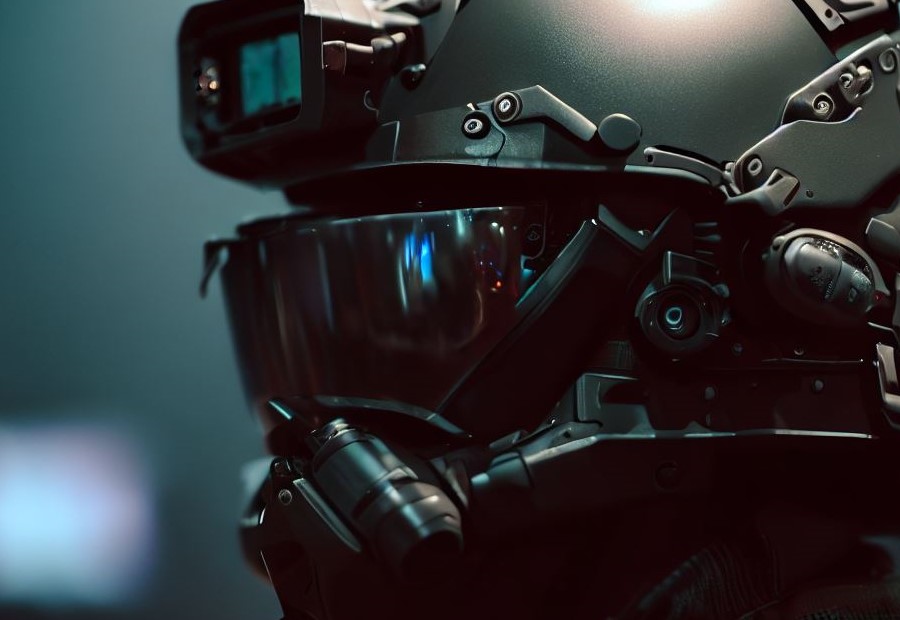
When it comes to tactical helmets, choosing the right mounts and attachments is crucial for ensuring functionality and customization. Here are some key considerations:
- Compatibility: Make sure the mounts and attachments you choose are compatible with the specific model and type of tactical helmet you have. Not all mounts and attachments are universal, so it’s important to check for compatibility.
- Functionality: Consider the specific purposes and tasks you will be performing while wearing the helmet. Choose mounts and attachments that enhance your helmet’s functionality and meet your specific needs. For example, if you need to mount a camera for recording tactical operations, a camera mount would be essential.
- Durability: The mounts and attachments should be made from durable materials that can withstand the rigors of tactical operations. Look for mounts and attachments that are resistant to impact, extreme temperatures, and moisture.
- Easy installation and removal: Opt for mounts and attachments that can be easily installed and removed without the need for specialized tools. This ensures quick and efficient customization of your tactical helmet as per your requirements.
- Customization options: Consider the range of customization options available with the mounts and attachments. Look for products that allow you to adjust angles, positions, and orientations to achieve the desired functionality.
Visors and Face Shields
Visors and face shields are essential accessories for tactical helmets, providing additional protection and versatility in various situations.
- Protection: Visors and face shields offer an extra layer of defense against projectiles, debris, and other potential hazards. They shield the wearer’s face, eyes, and upper body from impacts and flying particles.
- Visibility: These accessories are designed to provide clear vision while protecting the face. They usually feature anti-fog and scratch-resistant coatings to ensure optimal visibility even in challenging environments.
- Compatibility: Visors and face shields are typically designed to be compatible with specific helmet models. It is important to choose accessories that are specifically designed to fit the helmet you have.
- Ease of Use: Most visors and face shields can be easily attached and detached from the helmet, allowing for quick and convenient deployment as needed.
- Customization: There are various types of visors and face shields available, including tinted options for glare reduction and shield options for protecting against chemical splashes or other specialized needs.
- Maintenance: It is important to regularly clean and inspect visors and face shields to ensure optimal performance. Follow the manufacturer’s guidelines for cleaning and maintenance.
- Replacement: Over time, visors and face shields may become scratched or damaged, compromising their effectiveness. Regularly inspect them for signs of wear and consider replacing them when necessary.
When choosing visors and face shields for tactical helmets, prioritize compatibility with your helmet model, level of protection, and visibility. Remember to properly maintain and replace these accessories to ensure their continued effectiveness in safeguarding your face and eyes during tactical operations.
Communication Systems
| Communication Systems |
| Communication systems are an essential feature of tactical helmets. They allow for seamless communication between team members in high-pressure situations. |
| Tactical helmets equipped with communication systems enhance coordination and ensure clear and effective communication during operations. |
| These systems often include built-in microphones and speakers, enabling team members to communicate without the need for handheld devices. |
| Some communication systems also offer the capability to connect to external radios or other communication devices for broader range and flexibility. |
| Advanced communication systems can provide noise reduction and voice amplification features, improving communication clarity in noisy environments. |
| It is important to choose a tactical helmet with a reliable and efficient communication system that suits the specific needs and requirements of the operation. |
In a similar vein, a true story involves a special forces team operating in a densely wooded area. They were on a mission to rescue hostages and needed to maintain constant communication for optimal coordination.
Without their communication systems, it would have been nearly impossible to navigate through the thick vegetation and communicate effectively.
However, thanks to the reliable communication systems in their tactical helmets, the team successfully carried out the mission, rescuing the hostages safely and efficiently.
The seamless communication allowed them to adapt to changing circumstances and make crucial decisions in real-time.
This true story highlights the importance of communication systems in tactical helmets and their role in enhancing the effectiveness and safety of operations.
Frequently Asked Questions
How should I choose a tactical helmet for my specific needs?
When choosing a tactical helmet, you should consider factors such as the level of protection needed, the shape and cut of the helmet, the material used, and any necessary attachments.
Assess your specific requirements, such as whether you need high coverage or better access to utility features, and choose a helmet that fits your mission.
What are the different types of ballistic helmets available for civilians?
There are various types of ballistic helmets available for civilians, including full-cut, mid-cut, and high-cut helmets.
Full-cut helmets offer the most protection but can be heavier, while mid-cut helmets have specific applications such as muffling air noise. High-cut helmets are lightweight and commonly used by tactical law enforcement units.
What materials are ballistic helmets made of?
Ballistic helmets can be made of different materials. Aramid fibers such as Kevlar and Twaron offer excellent ballistic performance and are commonly used by military and defense personnel.
Polyethylene (PE) helmets, made from a strong synthetic plastic, are also used in the USMC and US army.
What are the different levels of protection offered by ballistic helmets?
Ballistic helmets have different protection ratings, including NIJ level I, level IIa, level II, and level IIIA. These ratings indicate the helmet’s ability to resist penetration, blunt impact, and fragmentation. Consider the level of protection required based on the specific risks you may encounter.
What are the available accessories that can be mounted to a ballistic helmet?
Ballistic helmets often have side rails and front shrouds for mounting various accessories, including night vision goggles, lights, communication gear, face shields, and more. Civilian users can also mount items like GoPros or earmuffs to their helmets, depending on their needs.
Where can I find reliable and high-performing tactical helmets for military and law enforcement personnel?
You can find reliable and durable tactical helmets for military and law enforcement personnel from reputable sources such as First Source Wireless, Chase Tactical, and other brands mentioned in the references.
These companies offer a variety of options and accessories to meet specific needs, ensuring the safety and effectiveness of the equipment.

